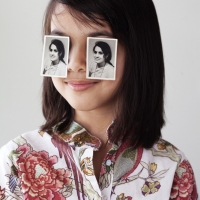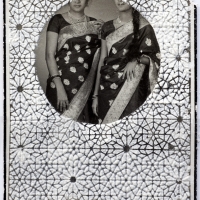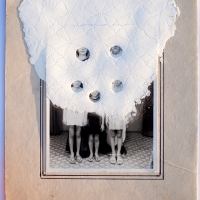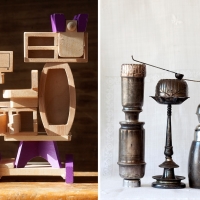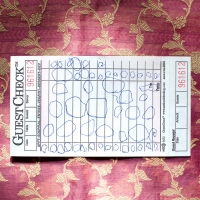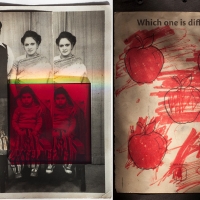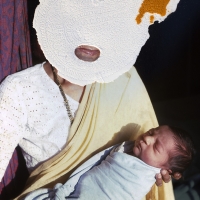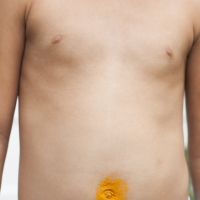Pennsylvania Academy of the Fine Arts Purchase Award Winner
Priya Kambli (born 1975, Mumbai, India) received a BFA at the University of Louisiana in Lafayette and an MFA from the University of Houston. She is currently Professor of Art at Truman State University in Kirksville, MO. One of her most significant accomplishments was winning the 2008 PhotoLucida Book Award for “Color Falls Down”. This series was conceived shortly after her first child, her son Kavi, was born. It inadvertently examines the question Kavi asked her when he was three years old: “Do you belong to two different worlds, since you speak two different languages?” The essence of his question continues to be a driving force in her artmaking. Kambli’s artwork has been exhibited, published, collected and reviewed in the national and international photographic community. Kambli’s intent is to make work driven by an awareness of the importance of hearing many voices from diverse perspectives, and, the political relevance of our private struggles.
Statement from the Artist:
My work has always been informed by the loss of my parents, my experience as a immigrant, and an archive of family photographs I brought with me to America. For the past decade, this archive of family photographs has been my primary source material in creating bodies of work which explore the immigrant narrative and challenges of cross-cultural understanding.
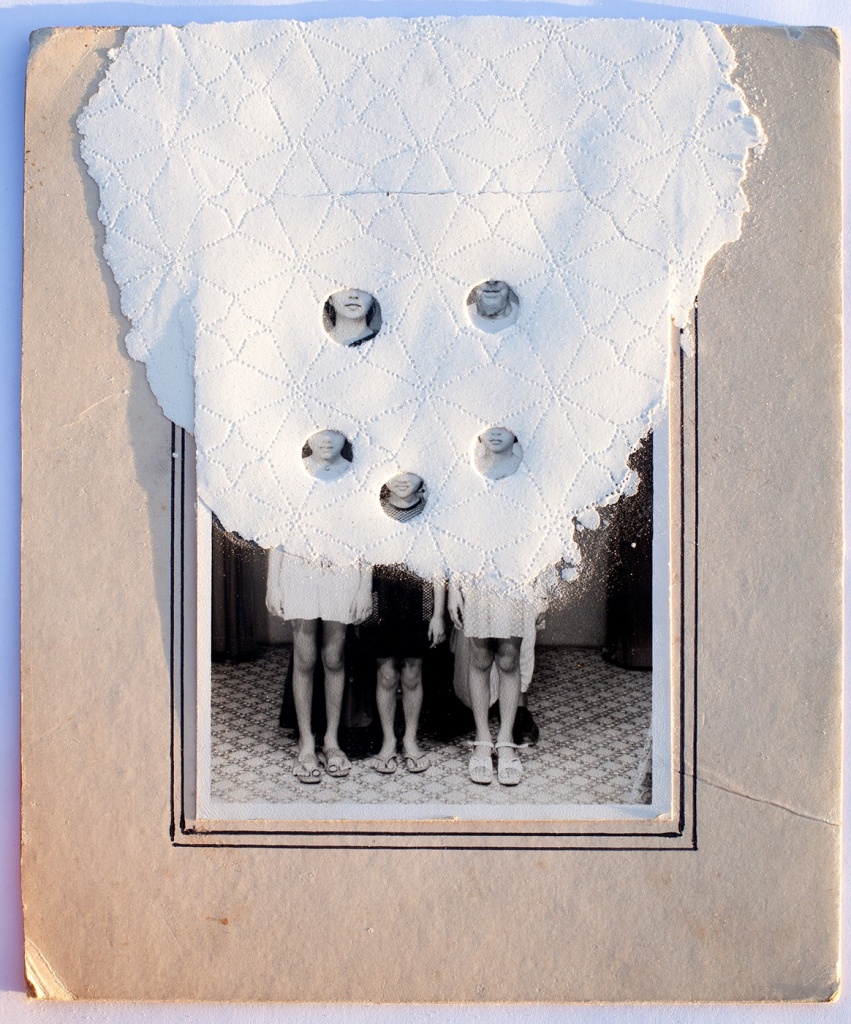
A Closer Look at Studio Portrait (Aajooba, Neela Atya, Sona, Mona and Me), 2017
Priya Kambli’s series “Buttons for Eyes” explores the nexus of migration and identity through the manipulation of archival photographs. In 1993, Kambli emigrated from India to the United States, bringing with her a portion of her family’s photographic archive. Today, she reimagines these images in new contexts, often applying a delicately patterned layer of flour or turmeric to the surfaces. The title of the series refers to Kambli’s late mother, who used to ask her daughter whether she had “buttons for eyes” whenever she could not see what was right in front of her nose.
